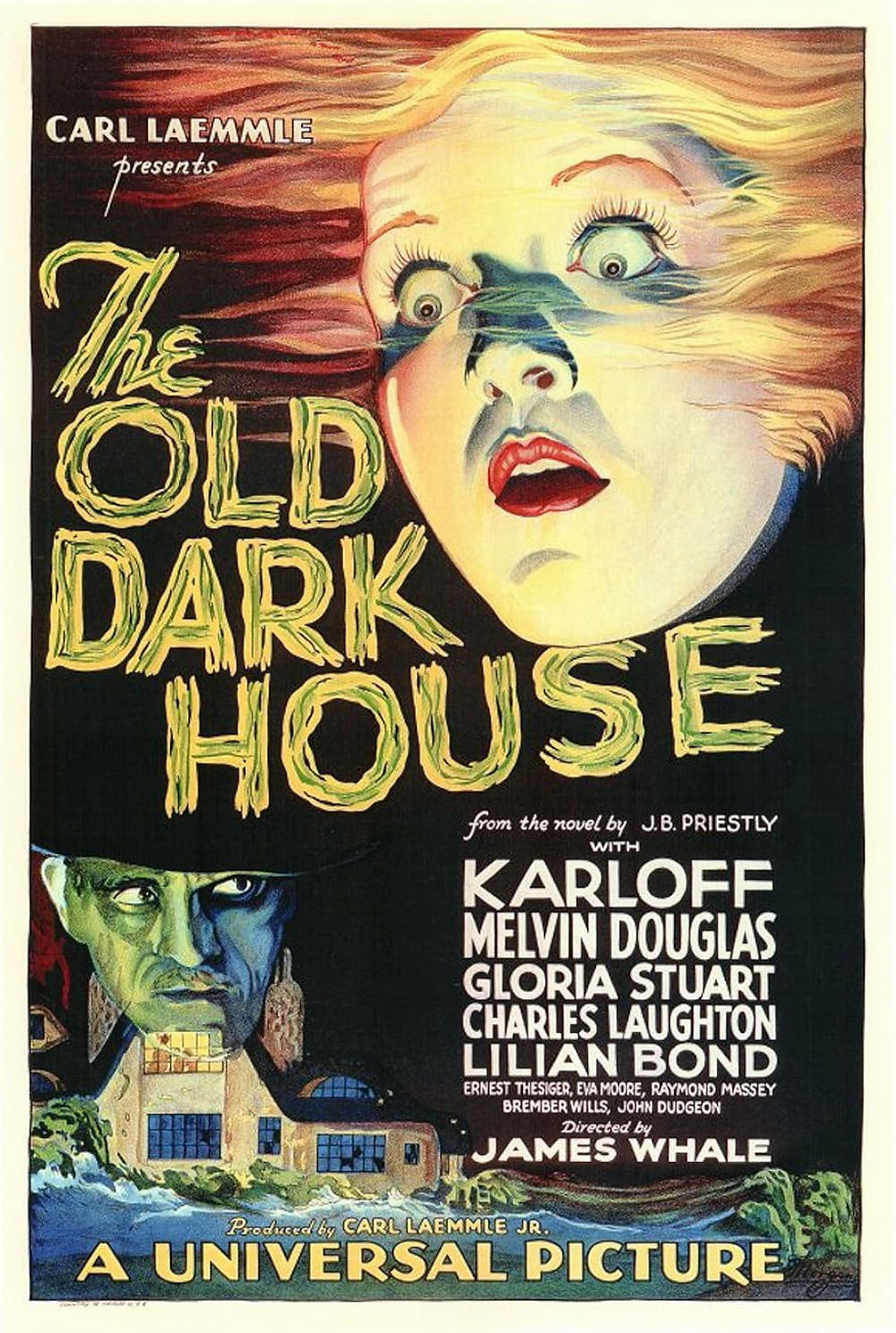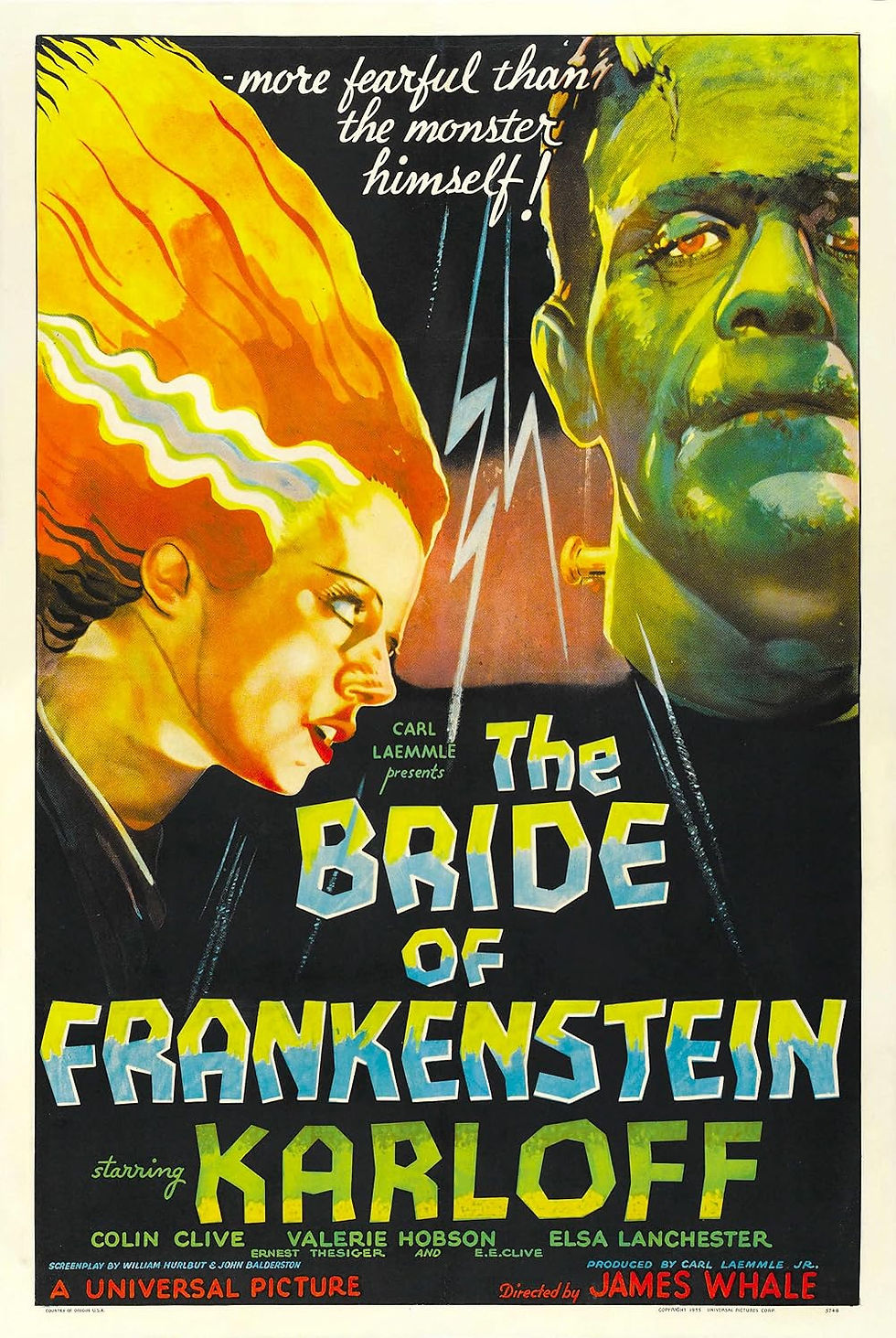James Whale: The Unsung Architect of Classic Horror Cinema
- Allan Major

- May 19, 2024
- 2 min read

Before the slasher era, before buckets of gore were de rigueur, James Whale painted horror masterpieces on the silver screen. A visionary of early cinema, his monster films elevated the genre, infusing classic tales with gothic grandeur, disarming wit, and an aching melancholy that lingers long after the credits roll.
Frankenstein: Crafting an Icon, Exposing a Soul
Whale's "Frankenstein" is a landmark cinematic achievement. Boris Karloff's lumbering, tormented Monster is a horror icon, yes, but also a testament to Whale's ability to humanize the monstrous. He transformed Mary Shelley's novel into an exploration of cruelty, creation, and the desperate longing for belonging.
Monsters, Brides, and Unforgettable Imagery
The brilliance continued with "Bride of Frankenstein." Elsa Lanchester's Bride, with her hiss and electrified hair, is a horror icon both terrifying and strangely camp. Whale, through starkly beautiful visuals and expressionist shadows, crafted an unforgettable world, where the darkly fantastical reigned supreme. In "The Invisible Man," special effects became a tool for terror, showcasing his technical prowess.

The Queer Visionary: Outcasts and Undercurrents
As a gay man in a far less tolerant era, Whale imbued his work with a unique sensibility. His monsters, misunderstood and ostracized, reflect the anxieties outsiders faced He satirized societal stuffiness in "The Old Dark House," proving horror can be as subversive and humorous as it is frightening.
The Whale Touch: Where Style Meets Shadows
Whale's films were masterclasses in atmosphere. Expressionist set design, his use of silence and chilling score choices – his artistry lay in crafting a complete world. His films possess a morbid theatricality, an elegance that elevates them beyond mere exploitation. It's this mix of the grotesque with the hauntingly beautiful that makes his work so enduringly potent.

Legacy: Shaping the Language of Horror
James Whale's impact on the horror genre is undeniable. He was a cinematic pioneer whose gothic visions and exploration of outcast narratives echo through countless films across the decades. He proved that horror could be stylish, complex, and linger in the mind as much through empathy as through pure shocks.
Conclusion
James Whale deserves his place within the horror pantheon. He was more than a purveyor of monster movies; he was an artist who found the beauty in the grotesque, the humor in the horrifying, and the chilling reflection of our own humanity within the most inhuman creations.







